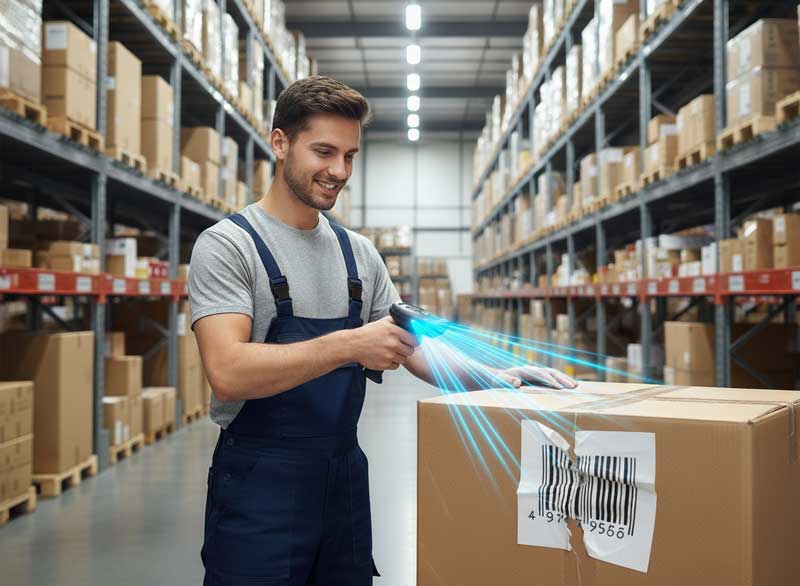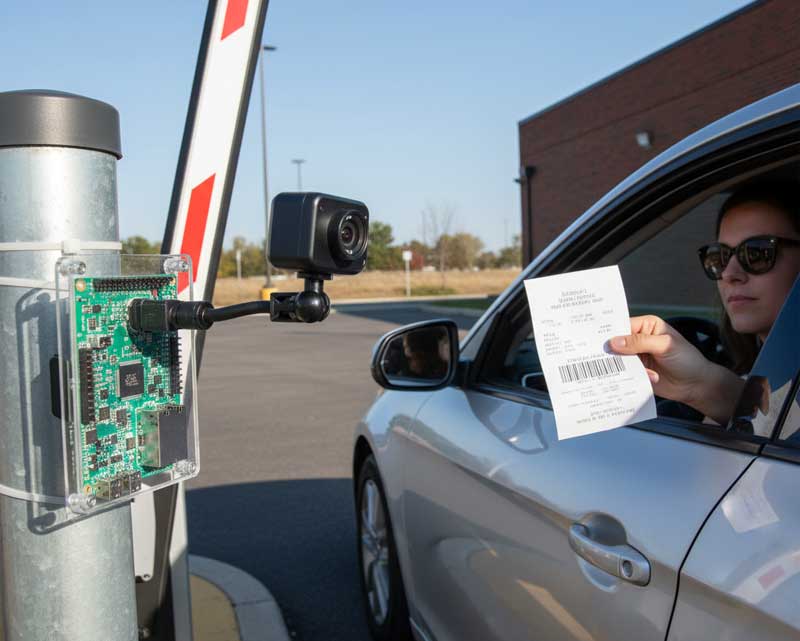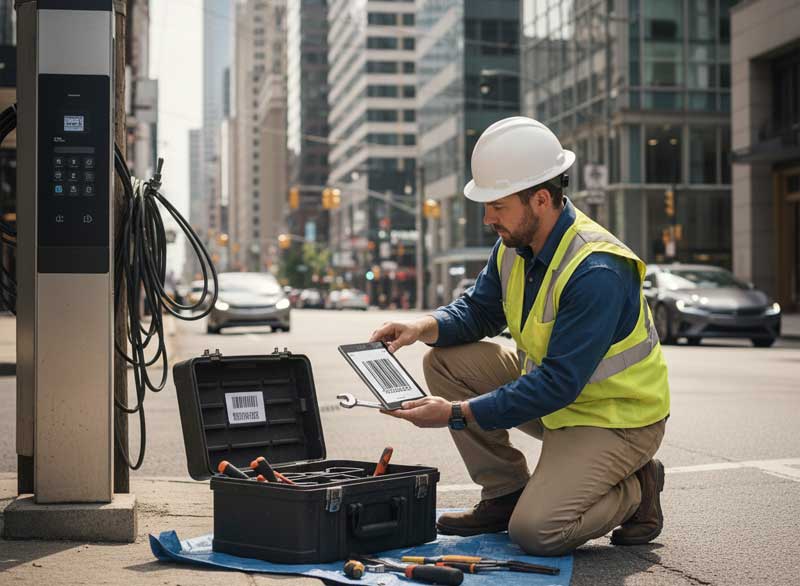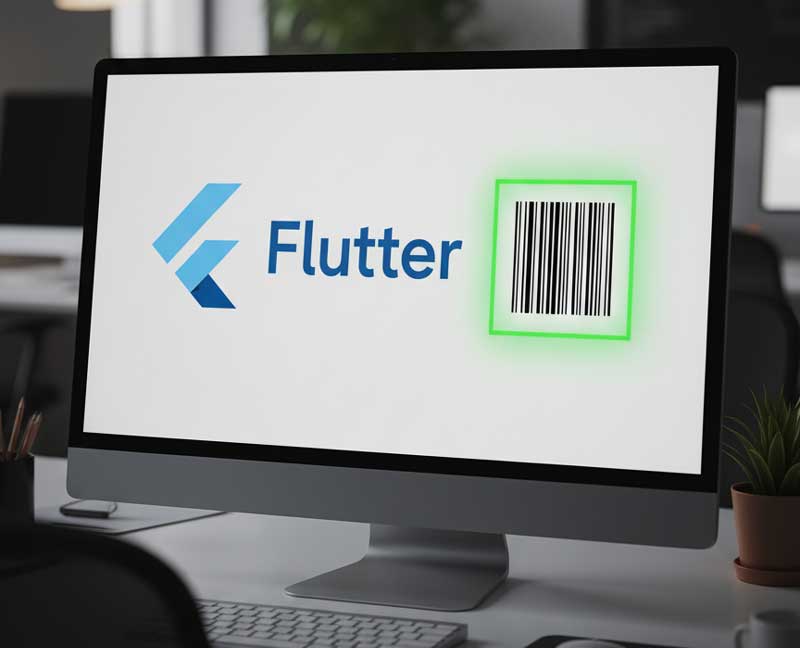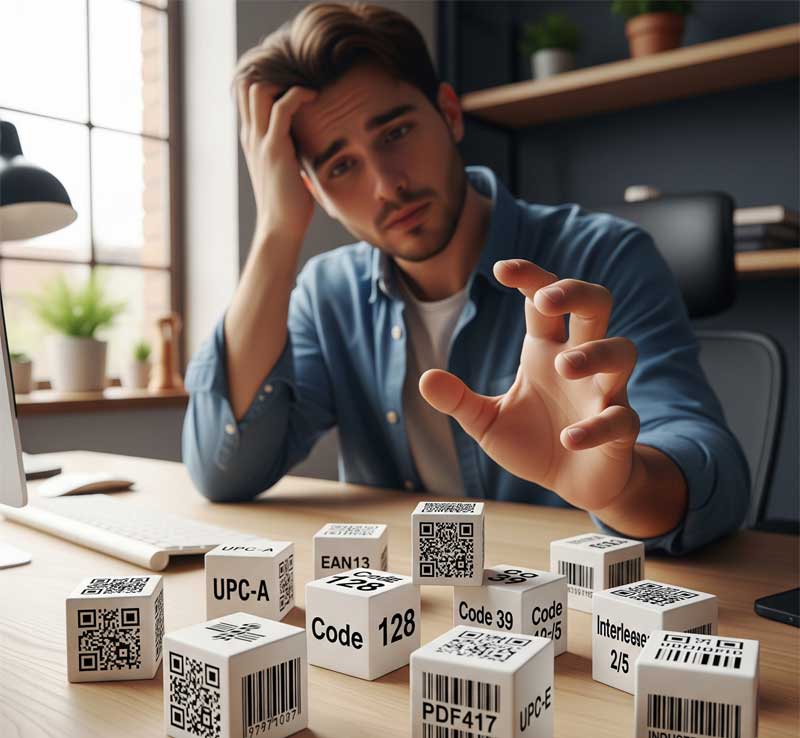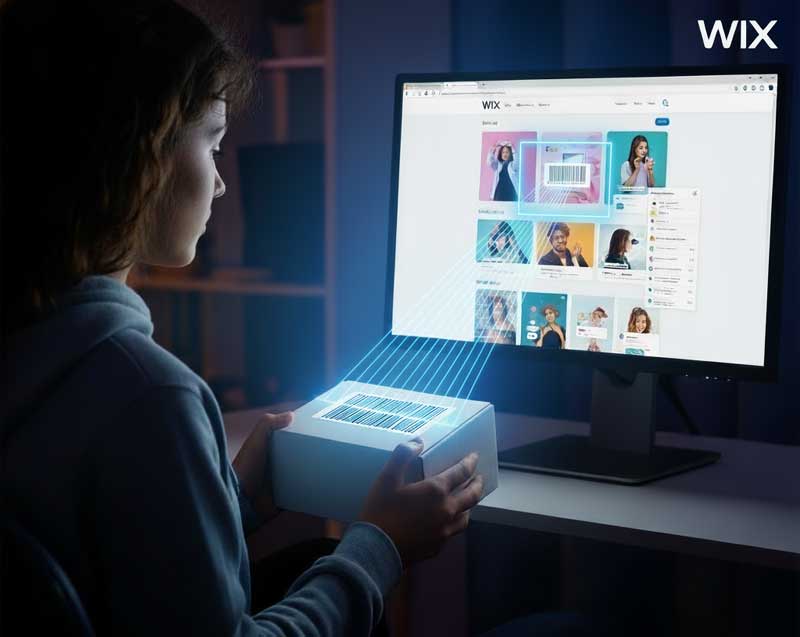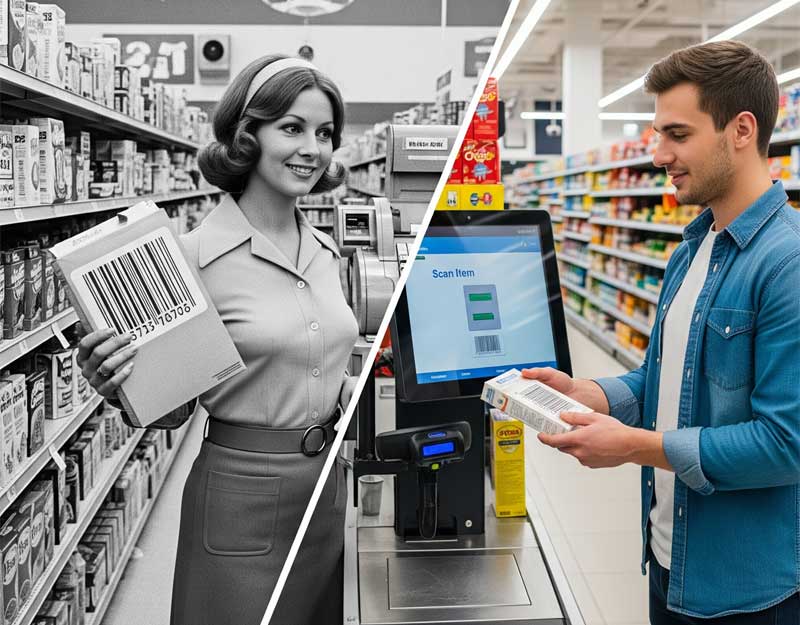
Summary of the history, key advances, and impact on retail and logistics
From every single product in the supermarket to shipping labels and even hospital wristbands, this basic pattern of lines and spaces has changed the way that retail, logistics, and a host of other businesses have gone about their daily functions over the last half-century. Read on to explore the history and evolution of barcodes — from their creation to how they are used today.
Birth of the Barcode (1948–1970s)
In 1948, inspired by the Morse code system, Bernard Silver and Norman Joseph Woodland began working on a system to encode information using patterns, which eventually led to the development of barcodes in general. They wanted to make food identification quicker at the grocery store. They were awarded the initial patent for a “Classifying Apparatus and Method” in 1952, which depended on a bullseye code marked that could be perused by an extraordinary scanner.
Yet the technology of the time was insufficient to make barcodes work. It was not until the 70s when storage, computer power, laser scanners, and printing technology caught up. The Universal Product Code (UPC) was established in the United States by 1973, which paved the way for a system of standard barcodes being used on retail products. That pack of Wrigley’s chewing gum was $0.67, and it no longer exists, but it will always have a special place in history for being the first item to be completely bought at a Marsh supermarket in Ohio on June 26, 1974, via UPC scan.
Expansion and Standardization: 1980s–1990s
Barcodes went well beyond just supermarkets quickly in the 1980s. Barcode technology found use in warehouses, libraries, manufacturing plants, and airlines for tracking inventory and productivity enhancements. The system truly became global with the development of EAN (European Article Number) codes in Europe.
Portable barcode scanners and handheld computers became more common in the 1990s, which also made it easier for companies to track products in real-time. Printing and scanning of barcodes became much less expensive, which further accelerated adoption around the world.
2000s: The 2D Revolution
As the turn of the century unfolded and mobile devices began to replace standard cell phones in the hands of consumers, another player entered the scene.
However, the old barcodes – known as 1D barcodes – could only hold a limited amount of information, such as numeric data. 2D barcodes such as QR codes, Data Matrix, and PDF417 appeared in the late 1990s and early 2000s. These designs were capable of storing a lot more data in less space, be it any type of content: text, URLs, or binary information.
QR codes, in fact, became famous through marketing and mobile applications. The arrival of QR codes compatible with mobile phones means that consumers could scan QR codes straight off physical products, and these were how the physical world connects to the digital one.
The Digital Age: Barcodes in The New Century (2010s–Present)
Nowadays, barcodes have more use than before. This initiates real-time tracking, auto-reordering, and omnichannel commerce for retail and logistics management, which works out well when integrated with enterprise solutions. Healthcare: Medication and patient ID wristband barcodes improve safety by eliminating human error. Baggage barcodes (airline baggage tags) are used in route control around the world.
With the size limitations removed, new advancements led to invisible codes printed in special inks, color-based codes for high-density data storage, and even AI-enabled scanning that could detect and read partially damaged or distorted codes.
How Retail and Logistics will be Affected
Supply chain management was revolutionized with the invention of barcodes. Instant sales tracking, real-time inventory adjustment, and checkout process simplification for retailers. Shippers should have complete visibility and traceability of all steps in delivery; customers expect logistic companies to track packages at every level of the process.
Barcodes even predicated automation — from self-checkout points to robotic warehouse systems. Today, it would be impossible for global commerce to function the way it does without barcodes and the high-speed efficiency they bring with them.
Looking Ahead
Barcodes changed with the industries and now emerged the 2D barcodes. In the future, barcodes may become one with the new identification systems in place like RFID and computer vision. But they are a simple, cheap, and universal way of making transactions that will continue to play an important role in commerce for many years yet.
It is from this visionary idea in the late 1940s that barcodes have become a linchpin of global trade, revolutionizing the way that products are traced, sold, and delivered. They have, over the past 50 years, turned into a humble but indispensable behind-the-scenes engine of contemporary retail and logistics — and their tale is an unfinished one.
Ready to get started?
Barcode Reader SDK Barcode Scanner for Web Site

